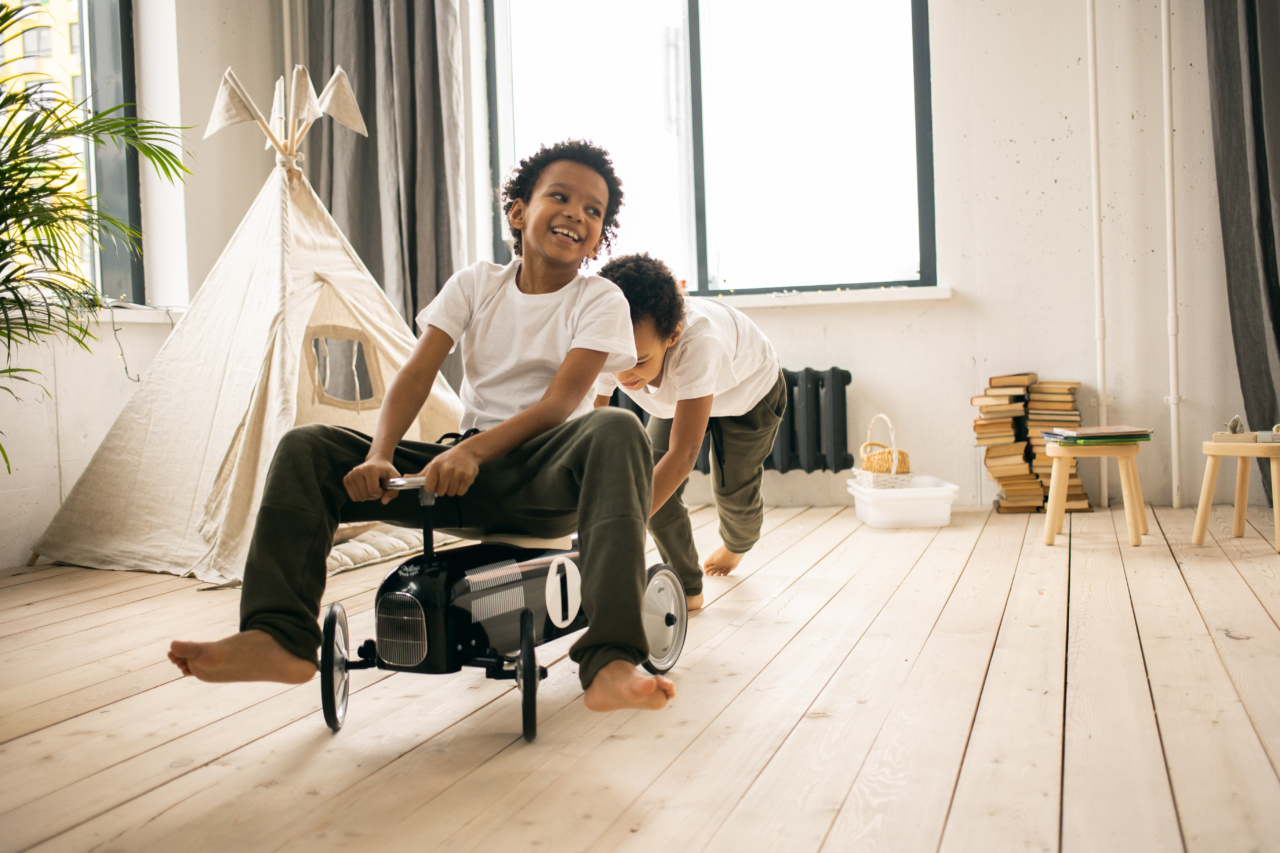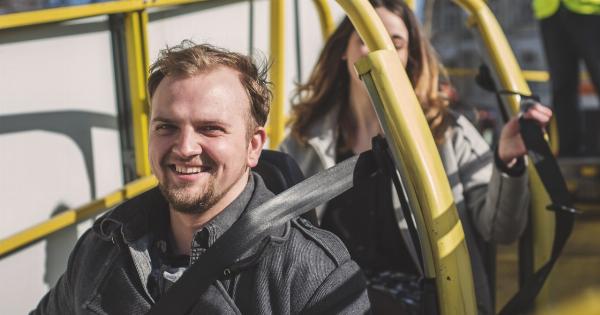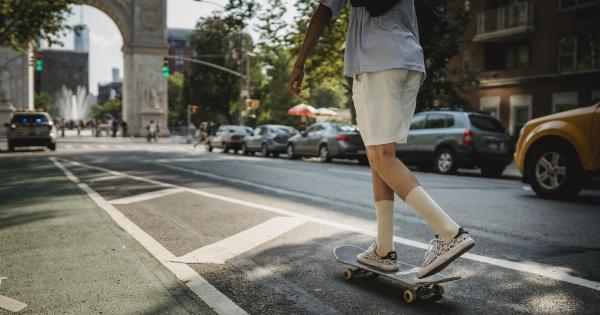Car rides can be a thrilling experience for our canine companions, but sometimes this excitement can become overwhelming.
If your dog gets overly excited or anxious during car journeys, it’s important to address this behavior to ensure a safe and stress-free ride for everyone involved. Here are some expert tips to help you mitigate your dog’s car ride excitement and turn those trips into enjoyable adventures.
1. Start with Short Trips
If your dog is not accustomed to car rides or gets overly excited, start with short trips to gradually introduce them to the experience. Take them on a few five to ten-minute rides around the neighborhood before embarking on longer journeys.
This will help them become familiar with the motions and sensations associated with car rides and reduce their excitement gradually.
2. Create a Comfortable Environment
Make your dog’s travel space in the car as comfortable and cozy as possible. Provide them with a padded and well-ventilated crate or a comfortable car seat. You can also add familiar blankets or toys to create a sense of security.
Additionally, try placing an old t-shirt or blanket with your scent on it in their travel space to provide them with extra comfort and reassurance.
3. Use Desensitization Techniques
Desensitization is a powerful training technique that can help your dog become more accustomed to car rides. Begin by simply having your dog sit in the stationary car with the engine turned off.
Gradually increase the time they spend in the car and eventually start the engine without driving. This process helps them associate the car with calmness and relaxation, reducing their excitement.
4. Gradually Introduce Movement
Once your dog is comfortable with sitting in a stationary car, it’s time to introduce movement gradually. Start by driving short distances at a slow pace. Observe your dog’s behavior and gradually increase the duration and speed of the drives.
This step-by-step approach allows your dog to adjust to the movements and prevent overwhelming excitement.
5. Carry Out Positive Reinforcement
Positive reinforcement is a vital component of training any behavior. Reward your dog with treats, praises, or their favorite toy when they display calm behavior during car rides.
This encourages your dog to associate the car with positive experiences and gradually reduces their excitement. Remember to be consistent and patient with rewards to reinforce good behavior effectively.
6. Familiarize Your Dog with Car Safety Devices
Ensuring your dog’s safety during car rides is essential. Familiarize your dog with car safety devices such as seat belts or harnesses designed for dogs.
It’s better to start using these safety measures early on so that your dog becomes comfortable with them. This way, they will feel secure and less prone to excitement or anxiety during the journey.
7. Implement Pre-Ride Exercise
A tired dog is often a calmer dog. Prior to going on a car ride, engage your dog in physical exercise like a brisk walk or playtime. This helps burn off energy and is likely to reduce their excitement during the car journey.
However, make sure to allow sufficient time for your dog to rest and cool down before getting into the car to avoid any potential discomfort.
8. Avoid Feeding Before Car Rides
Feeding your dog a full meal just before a car ride can contribute to car sickness or excessive excitement. It’s advisable to feed your dog a few hours before the journey to allow for proper digestion.
If your dog needs a little something to curb hunger, offer them a light snack or treat instead of a full meal. This will help prevent any discomfort or excessive excitement caused by a full stomach.
9. Engage in Positive Car-Related Activities
Engaging in car-related activities outside of actual rides can help your dog develop positive associations. For example, you can open the car door and allow your dog to explore the vehicle while rewarding them with treats.
This helps them see the car as a non-threatening and enjoyable space, reducing their excitement during actual journeys.
10. Seek Professional Help if Needed
If your dog’s excitement or anxiety during car rides persists despite your efforts, it may be beneficial to seek assistance from a professional dog trainer or behaviorist.
They can provide tailored guidance and techniques to address your dog’s specific needs. Remember, every dog is unique, and some may require extra support to overcome their car ride excitement.


























